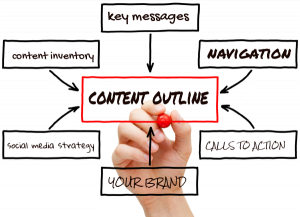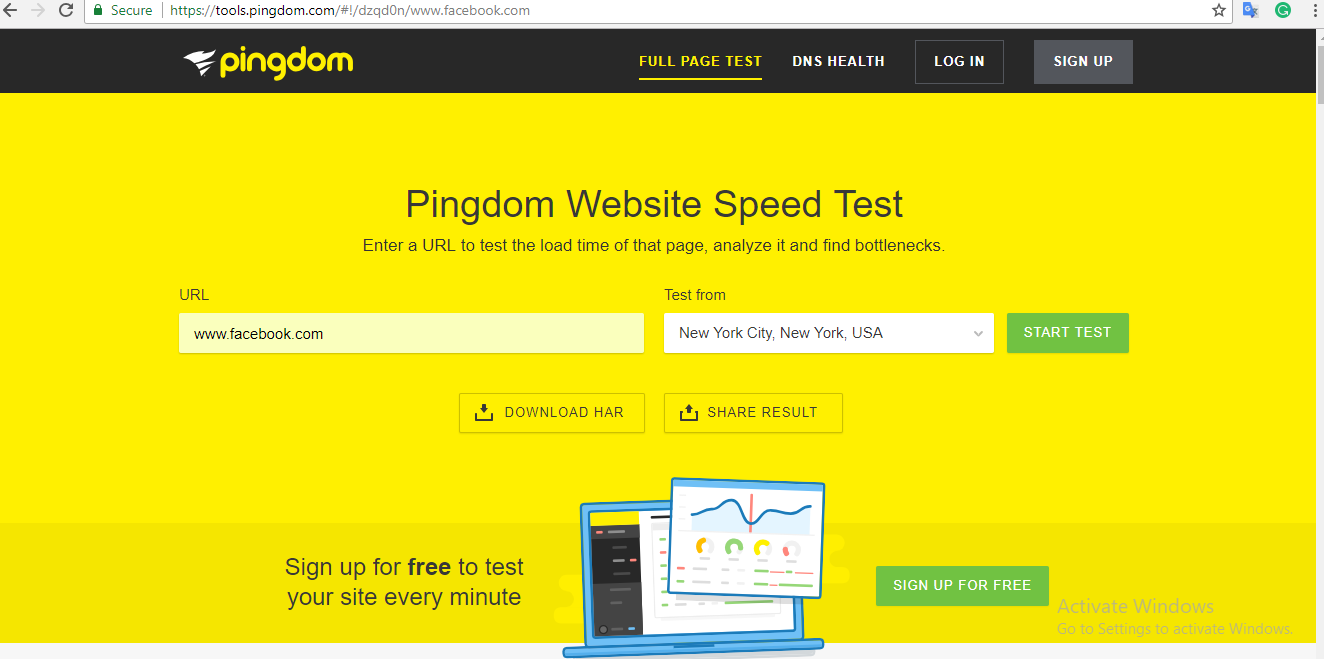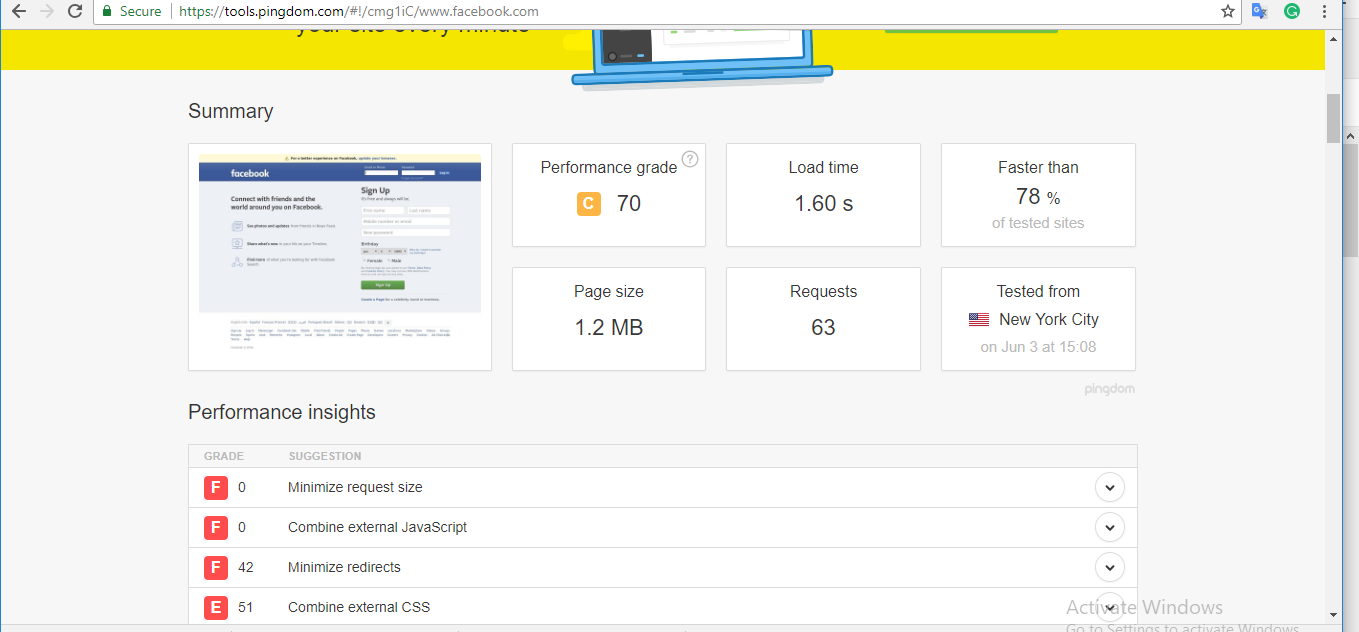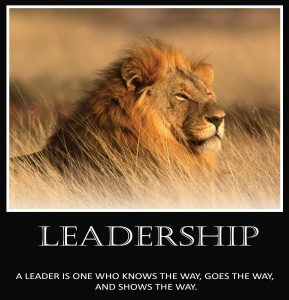SPICE forms: A hassle-free process of incorporation
In Banking, Business, government, Marketing, Newsroom, Official BlogIncorporation of a Company under SPICe (INC-32): A Complete Guide
The Ministry of Corporate Affairs (MCA) introduced the SPICe forms (Simplified Proforma for Incorporating Company Electronically) to enable the incorporation of companies within just one day under the Companies Act, 2013.
This was a major step by the MCA, introducing e-Form INC-32 under the SPICe scheme through the MCA’s notification dated October 1, 2016, as part of the Companies (Incorporation) Fourth Amendment Rules, 2016.
What is the Ministry of Corporate Affairs (MCA)?
The Ministry of Corporate Affairs (MCA) is primarily responsible for administering:
-
The Companies Act, 2013
-
The Companies Act, 1956
-
The Limited Liability Partnership Act, 2008
-
Other allied Acts and regulations
The MCA regulates and ensures proper functioning of the corporate sector in accordance with Indian corporate laws.
Key Forms Introduced under SPICe
The following e-forms are notified by MCA for incorporation:
-
e-Form SPICe (INC-32) – Incorporation of a company
-
e-Form SPICe MOA (INC-33) – e-Memorandum of Association
-
e-Form SPICe AOA (INC-34) – e-Articles of Association
These forms together simplify the entire process, allowing entrepreneurs to start a company through a single-window system.
Earlier vs. Now: A Major Simplification
Previously, to incorporate a company, one had to separately apply for:
-
DIN (Director Identification Number)
-
Name Approval
-
Appointment of First Director
-
Registered Office Address (INC-22)
-
PAN and TAN
Now, all these steps can be completed through one integrated form — SPICe (INC-32).
Purposes Covered under SPICe (INC-32)
The SPICe form can be used for:
-
Application of DIN (for up to 3 directors)
-
Application for Name Availability
-
Appointment of First Director (no separate DIR-12 required)
-
Registered Office Address (no separate INC-22 required)
-
Application for PAN and TAN
Types of Companies Covered under SPICe (INC-32)
| Type of Company | Applicable Form |
|---|---|
| One Person Company | INC-32 (SPICe) |
| Private Limited Company (≤7 subscribers) | INC-32 (SPICe) |
| Public Limited Company (≤7 subscribers) | INC-32 (SPICe) |
| Section 8 Company (≤7 subscribers) | INC-32 (SPICe) |
| Producer Company (≤7 subscribers) | INC-32 (SPICe) |
| Producer Company (>7 subscribers) | INC-7 |
| Company with Foreign Subscribers (≤7) | INC-32 (SPICe) |
Documents Required for Incorporation of a Private Limited Company under SPICe
1. Documents from Directors and Shareholders
Identity Proof
-
PAN Card
-
Aadhaar Card / Passport / Driving License / Voter ID
Address Proof (any one, not older than 2 months)
-
Telephone / Mobile Bill
-
Electricity / Water Bill
-
Bank Statement / Passbook (with recent transaction)
Passport Size Photographs – 3 Each
All copies of documents must be self-attested by the applicant.
If documents are not in English, they must be translated into English.
2. Documents to be Signed by Directors
-
Consent to Act as Director – Form DIR-2
-
Details for Director Identification Number (DIN)
-
Declaration of DIN (if already allotted)
3. Documents to be Signed by Shareholders
-
Application for Digital Signature Certificate (DSC)
-
Affidavit by Subscribers & Directors (INC-9)
4. Documents from Company / LLP / Trademark Owner (if applicable)
-
Board Resolution / Authorization for use of Name or Trademark
-
Authorization Letter for execution of documents on letterhead
5. Registered Office Documents
-
No Objection Certificate (NOC) from the owner
-
Proof of Address (in owner’s name):
-
Electricity Bill / Telephone Bill / Gas Bill / Water Bill (not older than 2 months), or
-
Property Tax Receipt / Registered Sale Deed
-
If the address is from a shared office service provider, then:
-
Copy of Electricity Bill / Tax Receipt, and
-
Lease Agreement with power to sublease or NOC to use premises
All such documents must be signed by the property owner or office provider.
Features of SPICe (INC-32) Form
-
Maximum number of subscribers: 7
-
Maximum number of directors: 20
-
Up to 3 directors can apply for DIN in this form
-
Name application can be made directly in SPICe form
-
Automatic date of signing appears upon applying DSC
-
PAN/TAN application is mandatory for all incorporations through SPICe
Important Notes for Filing
-
The Director must declare that the proposed company name has been checked on the MCA and Trademark websites.
-
Digital Signatures (DSC) of both Director and Professional (CA/CS/CWA) must be affixed.
-
Only one name can be proposed in SPICe — ensure thorough availability check before submission.
-
The MCA21 system automatically generates Forms 49A (PAN) and 49B (TAN) after submission of SPICe.
-
These must be digitally signed and uploaded back to the MCA portal.
-
-
PAN (from Income Tax Department) will be printed on the Certificate of Incorporation, and TAN will be emailed separately.
-
From February 1, 2017, SPICe incorporation applications are processed only after duly signed 49A and 49B forms are uploaded.
Conclusion
The introduction of SPICe (INC-32) has revolutionized the company incorporation process in India by providing a single-window, paperless, and time-efficient method. Entrepreneurs can now establish their businesses quickly, eliminating the lengthy multi-step procedures of the past.
This initiative by the Ministry of Corporate Affairs not only promotes ease of doing business but also aligns India’s corporate framework with global digital standards.





 Argue for your limitations and sure enough, they are yours. Pushing past your limits means taking on newer, progressively harder challenges. If you’re not challenging yourself to do bigger and better things on a regular basis, you’re only working within the confines of what you already can do. That’s a sure-fire way to stay exactly where you are and make little to no progress. Just that little bit of support encouraging you to keep going in the face of resistance can mean so much. Having someone on your side can counter-balance the negative thinking you might have. They can tell you to do more and push you into doing things outside of your comfort zone.
Argue for your limitations and sure enough, they are yours. Pushing past your limits means taking on newer, progressively harder challenges. If you’re not challenging yourself to do bigger and better things on a regular basis, you’re only working within the confines of what you already can do. That’s a sure-fire way to stay exactly where you are and make little to no progress. Just that little bit of support encouraging you to keep going in the face of resistance can mean so much. Having someone on your side can counter-balance the negative thinking you might have. They can tell you to do more and push you into doing things outside of your comfort zone.








 The more complex story reinforces that ‘’everyone on a team can be a leader’’. The most successful teams create chain reactions of leadership. Adaptation triggers long chains of further adaptations that ultimately solve seemingly impossible problems. Everyone has their different ways of doing this, whether it’s through rewards, allowing more freedom within job roles or getting stuck into the job alongside your employees. Each approach works differently for everyone, but each type of leader has taken time to figure out their style.
The more complex story reinforces that ‘’everyone on a team can be a leader’’. The most successful teams create chain reactions of leadership. Adaptation triggers long chains of further adaptations that ultimately solve seemingly impossible problems. Everyone has their different ways of doing this, whether it’s through rewards, allowing more freedom within job roles or getting stuck into the job alongside your employees. Each approach works differently for everyone, but each type of leader has taken time to figure out their style. Courage is a fickle thing, but incredibly important in a great leader. A leader needs to be able to stand alone, and stand up for what they believe in. Having the courage to do what you believe will work is sometimes one of the hardest things to do. With courage also come determination and patience – the ability to hold firm and not succumb to negativity or the pressure to crumble, and the patience to keep going along a difficult road until they reach the end with their head held high, no matter what the outcome. You should be dedicated in what you believe. A leader is supposed to motivate his followers in a positive direction with a healthy mindset. Always remember that Success is not final, failure is not fatal, it’s the courage to continue pushing that counts. Courage is not having the strength to go on it is going on when you don’t have the strength. Courage is very important factor in leadership. It’s the will to stand against the tide, when the wind is against you and you have to sail in the opposite direction. A leader inspires his people to do the same. Always remember that fear is a reaction and courage is a decision. A great leader knows it and execute when needed. It is always easy to stand in a crowd but it takes courage to stand alone. If you overcome that stage the crowd will follow you eventually.
Courage is a fickle thing, but incredibly important in a great leader. A leader needs to be able to stand alone, and stand up for what they believe in. Having the courage to do what you believe will work is sometimes one of the hardest things to do. With courage also come determination and patience – the ability to hold firm and not succumb to negativity or the pressure to crumble, and the patience to keep going along a difficult road until they reach the end with their head held high, no matter what the outcome. You should be dedicated in what you believe. A leader is supposed to motivate his followers in a positive direction with a healthy mindset. Always remember that Success is not final, failure is not fatal, it’s the courage to continue pushing that counts. Courage is not having the strength to go on it is going on when you don’t have the strength. Courage is very important factor in leadership. It’s the will to stand against the tide, when the wind is against you and you have to sail in the opposite direction. A leader inspires his people to do the same. Always remember that fear is a reaction and courage is a decision. A great leader knows it and execute when needed. It is always easy to stand in a crowd but it takes courage to stand alone. If you overcome that stage the crowd will follow you eventually.




